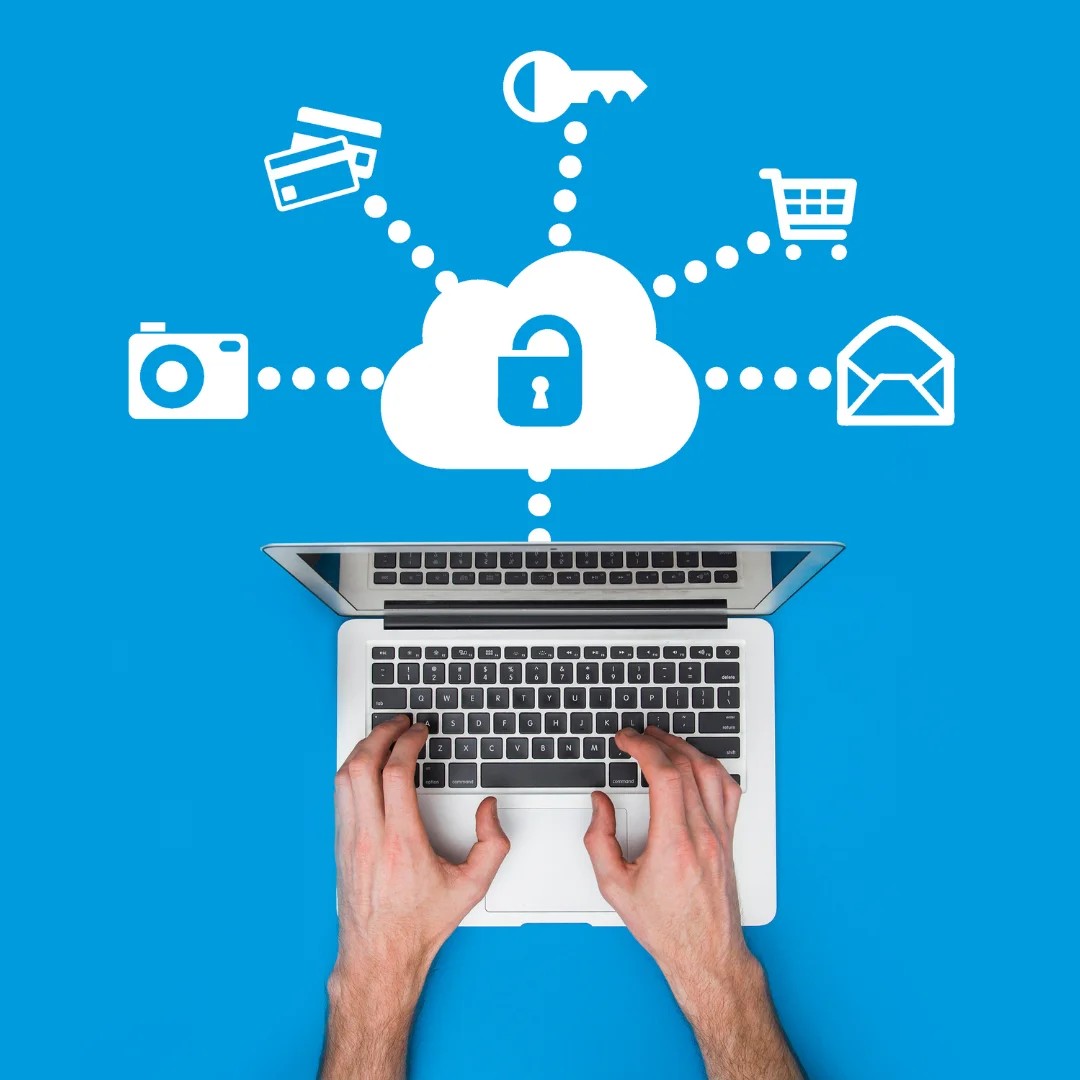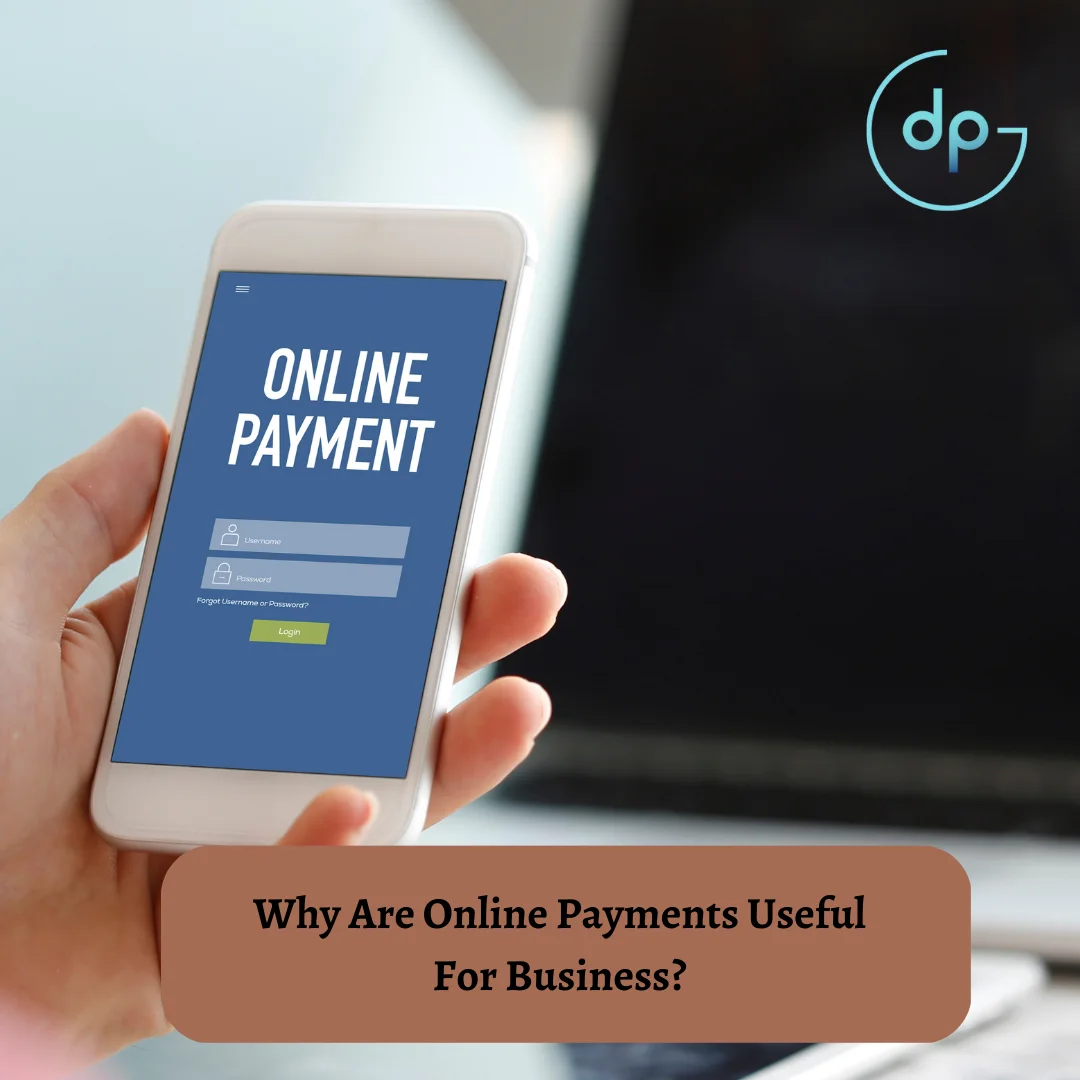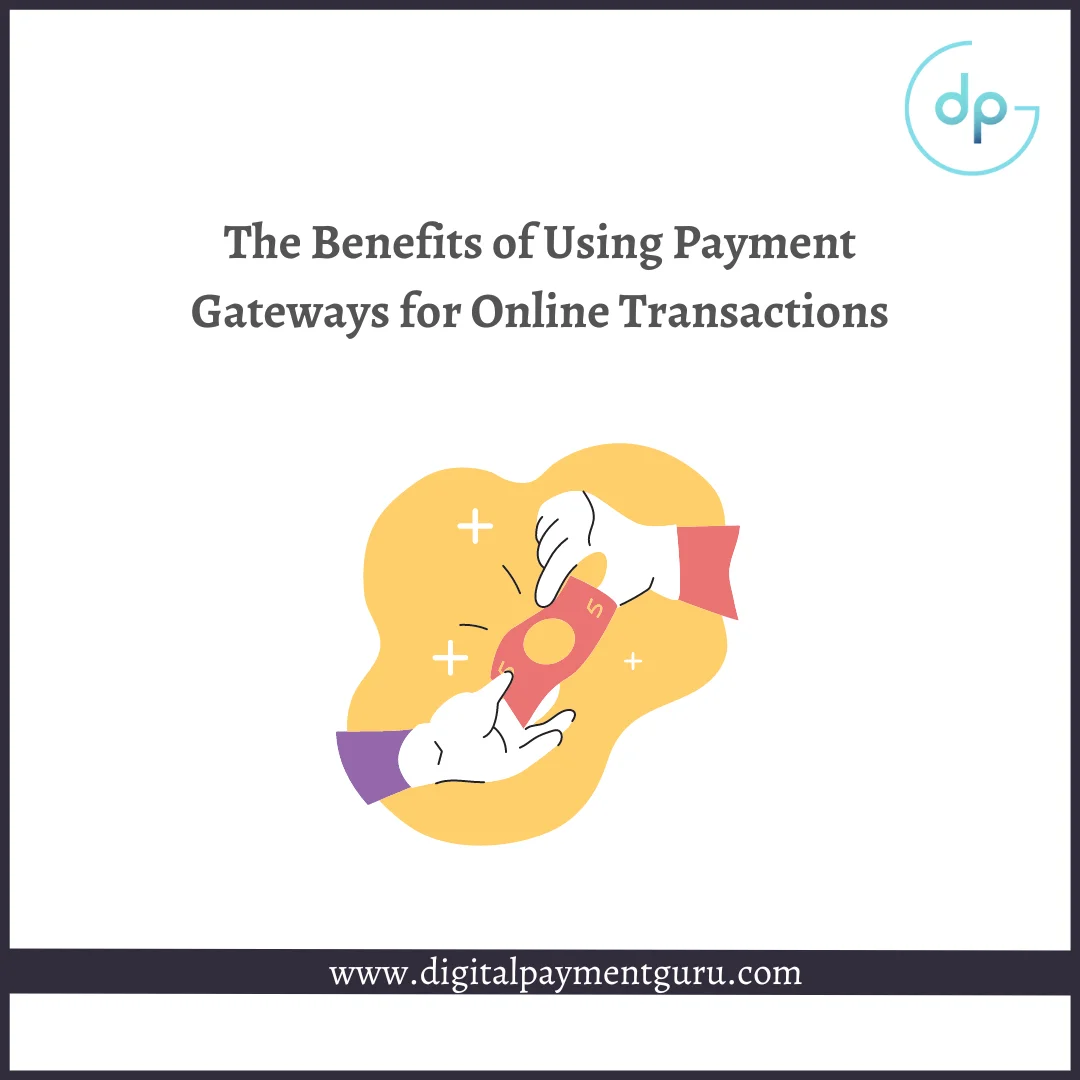As e-commerce continues to grow in popularity, integrating online payment systems into your website has become essential for any business that wants to sell products or services online. However, simply adding a payment gateway to your website is not enough. You need to ensure that the checkout process is smooth, secure, and hassle-free for your customers. In this article, we will provide you with tips for integrating online payment systems into your website and ensuring a smooth and secure checkout process.
Choose the Right Payment Gateway
Before you start integrating a payment system into your website, you need to choose the right payment gateway. There are many different payment gateways available, each with its own features, pricing, and security options. When choosing a payment gateway, consider your business needs, the type of products or services you offer, and the payment methods you want to accept.
Provide Clear Payment Options
When customers visit your website, they should be able to easily identify the payment options available to them. Provide clear instructions on how to complete the payment process, and include a list of accepted payment methods. This will help to reduce confusion and ensure that customers know what to expect when they check out.
Optimize Your Website for Mobile Devices
Online purchases are being made by an increasing number of people using their mobile devices. As a result, it’s important to ensure that your website is optimized for mobile devices. This includes ensuring that your website is responsive and easy to navigate on a mobile device and that the checkout process is streamlined and easy to use.
Use Secure Socket Layer (SSL) Encryption
To ensure the security of your customer’s information, it’s essential to use SSL encryption on your website. SSL encryption protects sensitive information by encrypting data as it is transmitted between the customer’s browser and your server. This ensures that sensitive information such as credit card details, personal information, and login credentials are secure and cannot be intercepted by third parties.
Keep Your Payment System Up to Date
Payment gateways and payment systems are constantly evolving, and it’s essential to keep your payment system up to date to ensure that it remains secure and reliable. This includes ensuring that you are using the latest version of your payment gateway software and that any security updates or patches are applied promptly.
Provide a Clear Return Policy
A clear and concise return policy can help to build trust with your customers and reduce the likelihood of chargebacks. Make sure that your return policy is clearly displayed on your website, and that it outlines your return policy in clear and simple language.
Reduce the Number of Steps Required for Checkout
A long and complicated checkout process can discourage customers from completing their purchases. To ensure a smooth checkout process, minimize the number of steps required to complete a purchase. This includes removing unnecessary fields, simplifying the payment form, and providing clear and concise instructions at each stage of the checkout process.
Use Multi-Factor Authentication
Multi-factor authentication (MFA) is an additional layer of security that requires customers to provide additional information beyond their password to access their account or complete a transaction. MFA can help to prevent fraudulent transactions and reduce the risk of unauthorized access to customer accounts.
Provide Customer Support
Providing excellent customer support is essential for any business that wants to build trust and loyalty with its customers. Make sure that you provide clear and easy-to-find contact information, and that you respond promptly to customer inquiries and support requests.
Test Your Payment System Regularly
Regularly testing your payment system can help to identify any issues or bugs before they become a problem. This includes testing your payment system on different devices and browsers and testing the checkout process from start to finish.
In conclusion, integrating online payment systems into your website is essential for any business that wants to sell products or services online. However, it’s important to ensure that the checkout process is smooth, secure, and hassle-free for your customers. By following the tips outlined above, you can ensure that your payment system is secure and reliable and that your customers have a positive experience when purchasing from your website.
Remember to choose the right payment gateway, provide clear payment options, optimize your website for mobile devices, use SSL encryption, keep your payment system up to date, provide a clear return policy, minimize the number of steps in the checkout process, use multi-factor authentication, provide customer support, and test your payment system regularly. By doing so, you can ensure that your online payment system is integrated seamlessly into your website and that your customers can make purchases with confidence.











